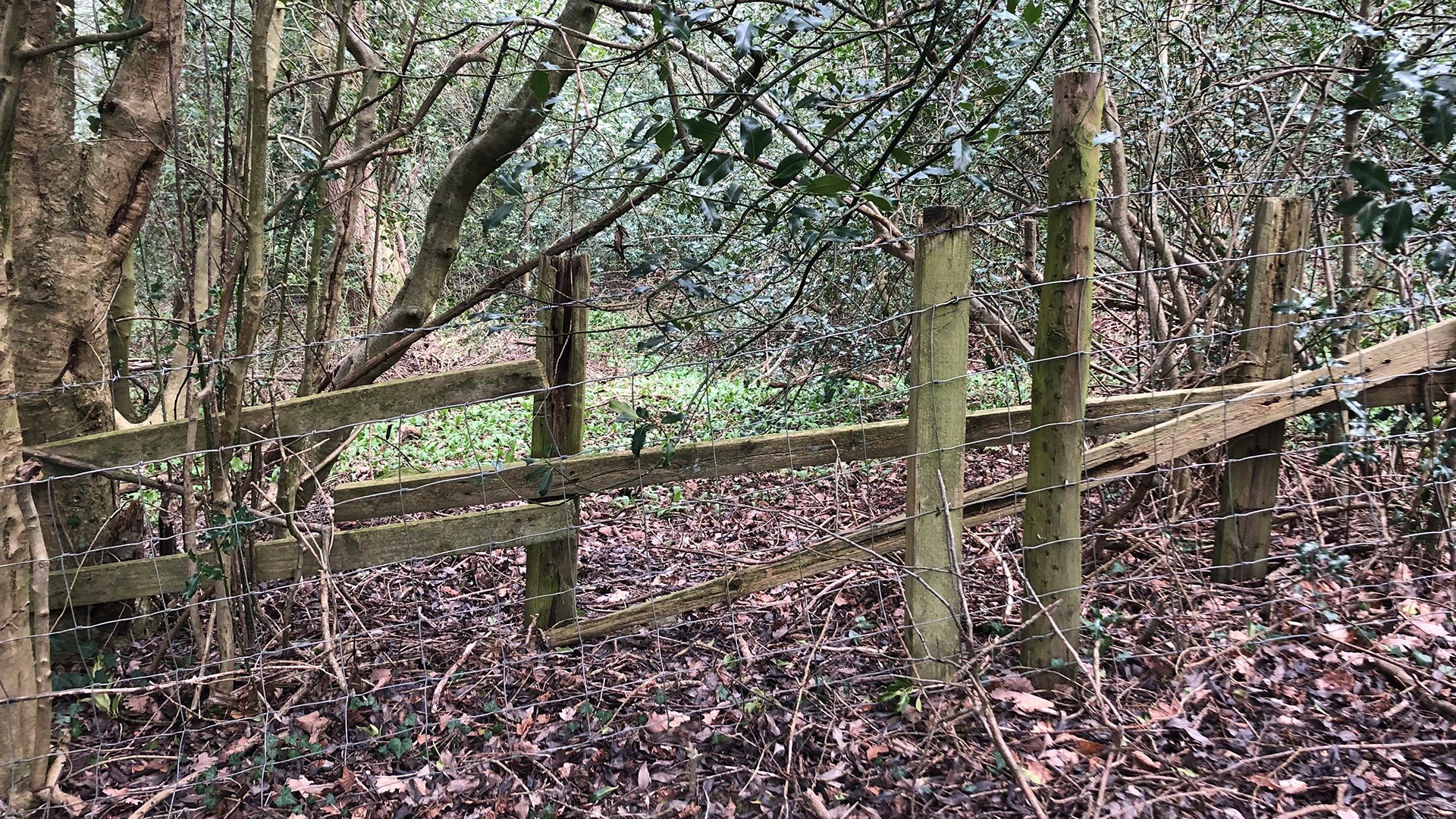
Exploring Experience in the Edgelands
Partner Organisations: University of Sunderland
Creative Practitioners: Mike Collier, Kathryn Thompson
Researchers or Experts: Dr. Diane Westwood
Co/Lab Curator: Dr Suzy O’Hara
Our interests intersect where creative expression, walking and storytelling - and their potential for improving health and wellbeing - come together.
This commission explores how the following provisional research question:
Can the process of creatively expressing an experience of place help us become more aware of ‘being in the world’ and, as a result, have a positive influence on our subjective wellbeing and sense of self?
Exploring Experience in the Edgelands
The project aims to explore the interplay among: ‘being-with’ place accessed through mindfulness techniques; creative expression in the form of doodling; meaning-making constructed through storytelling - and experiences associated with subjective wellbeing. The research investigates ways of recording experience so that it can be revisited, reflected on, and developed.
Walking in the natural environment
The co-researchers will take a walk in a natural environment (this could be through edgelands, and spaces within the city as well as in the countryside) using a combination of map and psychogeographic derive so that our movement shifts between being other-directed (map) and self-directed (derive). During a derive, we move toward whatever draws our attention and mindfulness techniques will be used to enable us to focus awareness on an aspect of place which might be visual, auditory and/or kinaesthetic and might be at a micro or macro level. Doodling will then be used as a mode of creative expression designed to connect the ‘inside-out’ (attention/experience) with the ‘outside-in’ (object of attention) and, as such, generate a sense of personal connection with place in ways that draw parallels with psychogeographic mood maps.
In our investigation we will consider whether questionnaire measures are useful for capturing data relating to experience – or whether they simply intrude and distort the experience. Go-pro cameras could be used to record the entire duration of the walk, and the visual doodles produced could be analysed together with verbal data captured to establish whether this record reveals experience. It is the case that arts-based interventions can result in positive experiences – although the effects can often be transient and short-lived. In this project, however, we will revisit the recording of our own walk with a view to developing a narrative that aims to reconstitute the experience of ‘being-with’ place and to weave that narrative into the context of a larger personal story related to our place in the world. The meaning-making that emerges from this process may enhance our sense of connectedness and so potentially produce more profound and long-lasting positive effects on our sense of wellbeing.
Co/Labbers


